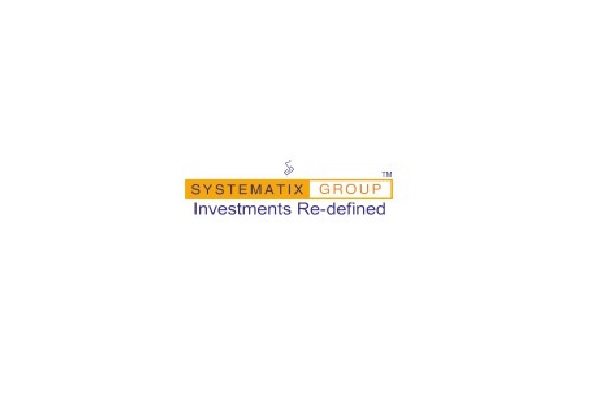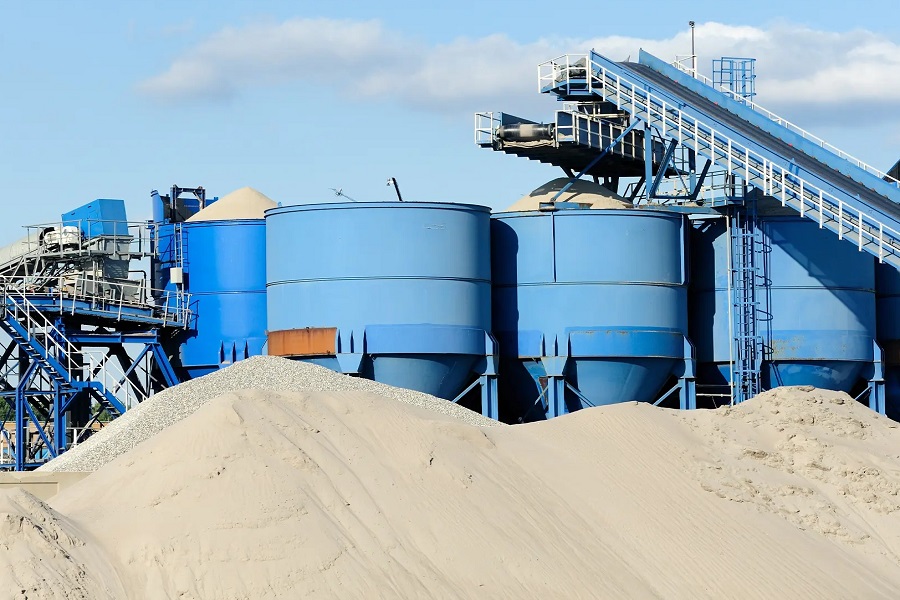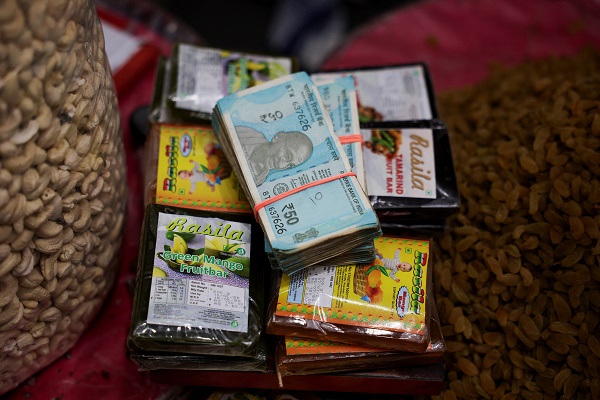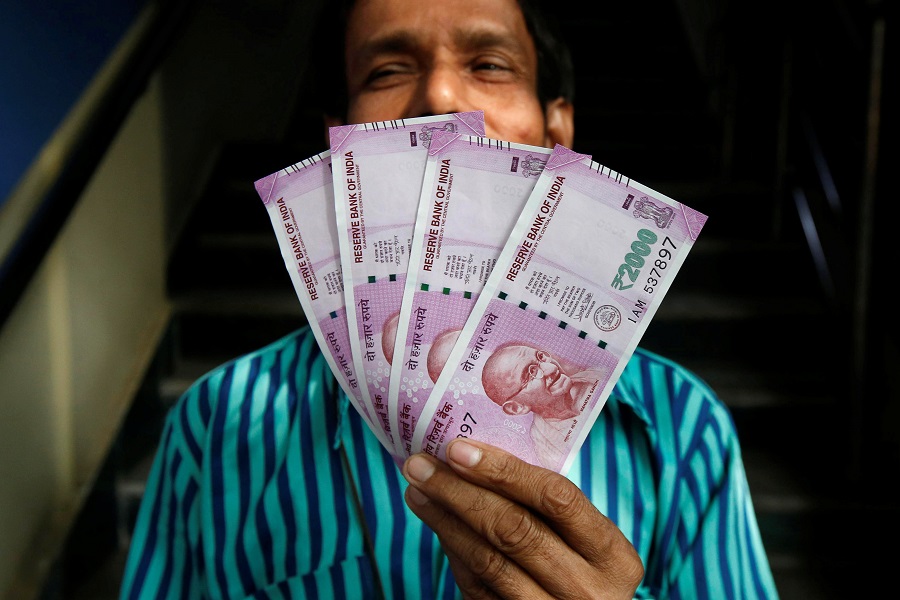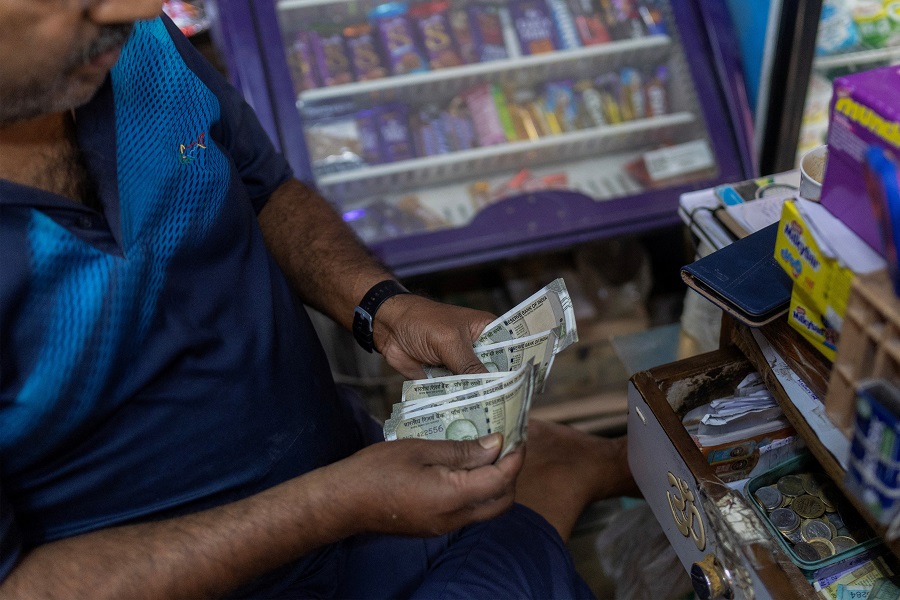Tariff risks to weigh on Indian rupee, bonds to track US inflation data
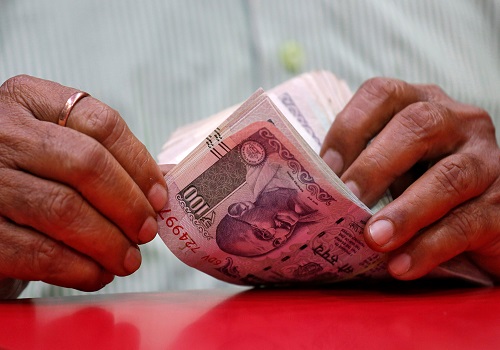
The rupee is expected to stay under pressure this week as the looming risk of trade tariffs support the dollar with remarks from the Federal Reserve chair and U.S inflation data in focus for the local currency and government bonds.
The rupee closed at 87.4250 on Friday, down nearly 1% for the week, its worst weekly decline since December 2022.
Concerns around a global trade war, foreign portfolio outflows and expectations of a domestic interest rate cut pushed the rupee to its lifetime low of 87.5825 last week.
The Reserve Bank of India cut rates for the first time in nearly five years on Friday.
Meanwhile, U.S. President Donald Trump said on Friday that he plans to announce reciprocal tariffs on many countries early this week but did not specify which countries. Indian Prime Minister Narendra Modi will visit the U.S. on Wednesday for talks with President Trump.
Trump's comments helped boost the dollar alongside data on Friday that showed the U.S. unemployment rate declined to 4%, reinforcing the view that the Fed does need to rush to cut interest rates.
"Trade policy uncertainties and the solid labour market conditions will help limit an extension of the dollar selling," that emerged last week, MUFG Bank said in a note. Traders will also keep an eye on remarks from Federal Reserve Chair Jerome Powell on Tuesday, followed by the U.S. consumer price inflation data on Wednesday, both of which will influence the dollar's trajectory.
Separately, the benchmark 10-year bond yield ended at 6.7043% on Friday, up 5 basis points. Traders expect the yield to trade in the 6.65%-6.75% range this week.
Bond yields ended higher after the RBI cut the policy rate, as was widely expected, but investors were left disappointed as the easing was not accompanied by any other liquidity measure.
Some market participants had expected a cut to banks' cash reserve ratio (CRR), or other liquidity infusion measures, but none of these materialised.
No further announcements on liquidity infusion measures were disappointing. However does not rule out such announcements coming shortly, as these do not need an MPC and are purely an RBI decision.
"Even though we see today's (Friday) policy statement as 'neutral', we continue to expect another 25 bps cut in April. We continue to see the policy repo rate at 5.5% by March 2026 and expect a 50 bps cut in the CRR in FY25-26," said Aastha Gudwani, India chief economist at Barclays.
The central bank has bought bonds worth 588.35 billion rupees ($6.71 billion) through auctions as well as secondary market purchases, while infusing around 440 billion rupees through a dollar/rupee swap. It also infused 500 billion rupees through a 56-day repo.
KEY EVENTS: India
** January CPI inflation - Feb. 12, Wednesday (4:00 pm IST) (Reuters poll: 4.69%)
** January WPI inflation - Feb. 14, Friday (12:00 pm IST) (Reuters poll: 2.50%)
U.S.
** January CPI and core CPI - Feb. 12, Wednesday (7:00 p.m. IST) (Reuters poll - 0.3% month-on-month)
** January PPI machine manufacturing - Feb. 13, Thursday (7:00 p.m. IST)
** Initial weekly jobless claims week to Feb. 3 - Feb. 13, Thursday (7:00 p.m. IST) ** January retail sales - Feb. 14, Friday (7:00 p.m. IST)
** January import prices - Feb. 14, Friday (7:00 p.m. IST)
** January industrial production - Feb. 14, Friday(7:45 p.m. IST)
($1 = 87.6270 Indian rupees)









